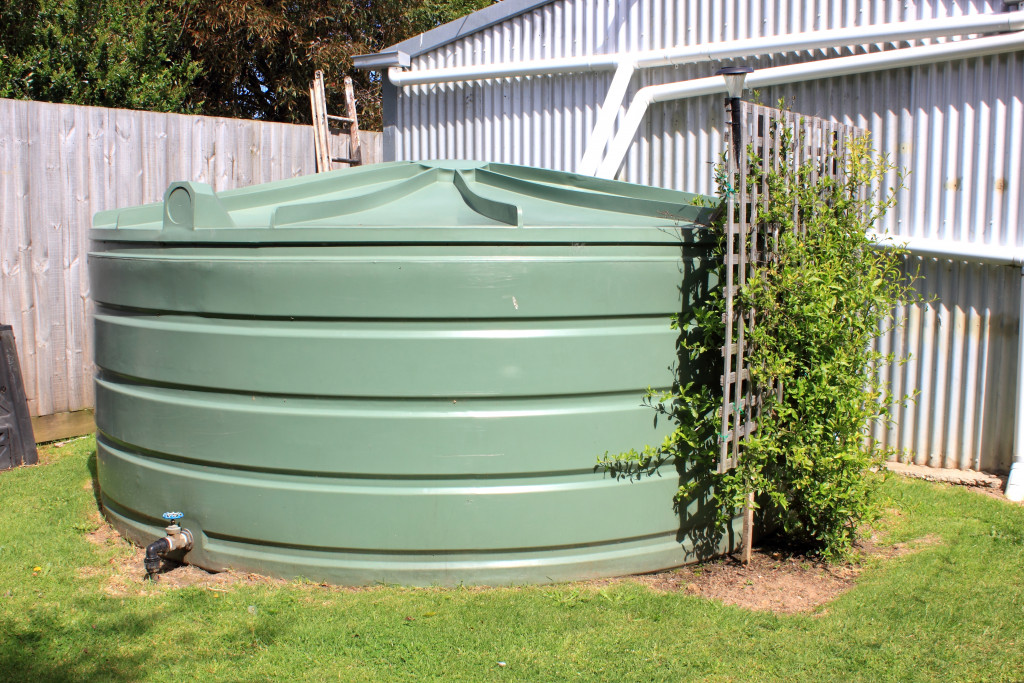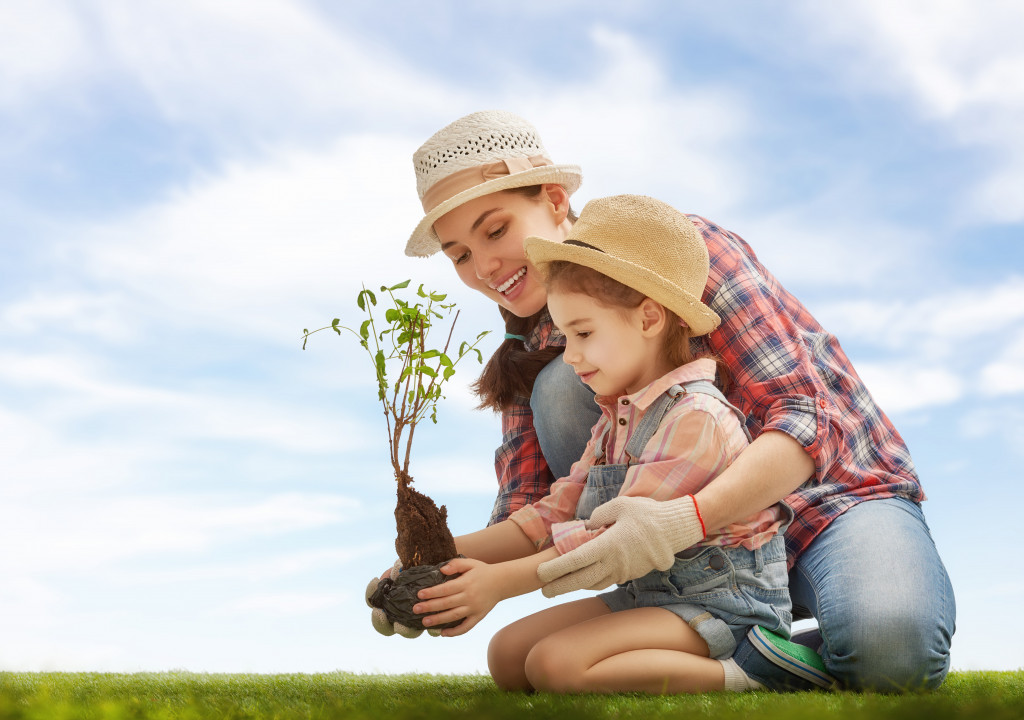- Reduce your carbon footprint by using energy-efficient appliances and adopting greener commuting habits.
- Optimize waste management through composting organic materials and using roll-off dumpsters.
- Recycle plastic, glass, and metal items to reduce waste sent to landfills.
- Teach your children about sustainability by incorporating eco-friendly habits into their daily routines, taking them on nature walks, and setting up a garden in the yard or balcony.
As a parent, you want to raise your children in a healthy, safe, and positive environment. One way to achieve this is by nurturing a green home that is eco-friendly and sustainable. A green home is not only good for the environment, but it also promotes good health, saves money, and creates a positive impact on your family’s well-being. To help you create a green home for your children, here are some eco-friendly solutions that you can implement in your home today.
Reduce Your Carbon Footprint
The first step towards nurturing a green home is by reducing your carbon footprint. This refers to the amount of greenhouse gas emissions caused by your actions. Here are some easy ways you can do this:
Use Energy-Efficient Appliances
One way to reduce your carbon footprint is by using energy-efficient appliances, such as Energy Star-certified models. These appliances use less energy than traditional models, resulting in lower electricity bills and a reduced environmental impact. Additionally, you can switch to LED light bulbs, which use 75% less energy than conventional light bulbs and last up to 25 times longer.
Adopt Green Commuting Habits
You can also reduce your carbon footprint by choosing greener transportation methods. Try biking, walking, or taking public transport to get around instead of relying on cars and other vehicles. Not only does this help the environment, but it also helps you save money and maintain an active lifestyle.
Conserve Water
Water conservation is essential for creating a green home. You can start by making sure that all faucets and showers are leak-free, taking shorter showers, and using water-efficient toilets. Moreover, you can opt for low-flow showerheads and install rainwater collection systems to reduce the amount of water used in your home.

Optimize Your Waste Management System
One of the most critical elements in creating a green home for your children is waste management. Properly managing your waste helps to reduce pollution and conserve natural resources. Here are some ideas:
Compost Organic Materials
One of the most effective methods for optimizing your waste management system is composting. Composting is a natural process that breaks down food and other organic materials into nutrient-rich soil. This provides an eco-friendly way to reduce the amount of waste sent to landfills and helps save money on fertilizer costs.
Get Roll-off Dumpsters
A great way to manage your waste efficiently and help create a sustainable, green home is by using durable roll-off dumpsters. When used properly, these bins can be used to store and transport large amounts of waste in an eco-friendly manner. Roll-off dumpsters also come in various sizes and styles, so they can easily fit into tight spaces. This makes them perfect for small yards, tight driveways, and other challenging areas.
Recycle Plastic, Glass, and Metal Items
An essential part of creating a green home for your children is recycling plastic, glass, and metal items. Not only is this good for the environment, but it can also help you save money. By recycling these materials, you reduce the amount of waste sent to landfills and take advantage of lower prices on items made from recycled materials.

Teach Your Children About Sustainability
To succeed in creating a green home, it’s important to teach your children about sustainability. Educating them on the importance of conservation will help them grow to become responsible adults and leave a positive impact on the environment.
You can start by incorporating eco-friendly habits into their daily routines, teaching them about recycling and composting, and taking them on nature walks. For example, you can take them to a local park or nature reserve and explain the importance of preserving these natural areas.
In some cases, you may also want to set up a small garden in your yard or balcony. This will help your children learn more about growing and harvesting their own food, as well as the importance of taking care of the environment.
Nurturing a green home for your children is an essential step towards creating a healthy, safe, and cheerful home environment. Implementing eco-friendly solutions such as reducing your carbon footprint, proper waste disposal, using eco-friendly products, growing a green garden, and teaching your children about sustainability are small changes that can make a considerable positive impact on your family’s life. Start today, incorporate these solutions into your lifestyle, and create a sustainable and healthy home for your children that will create a better future for everyone.




